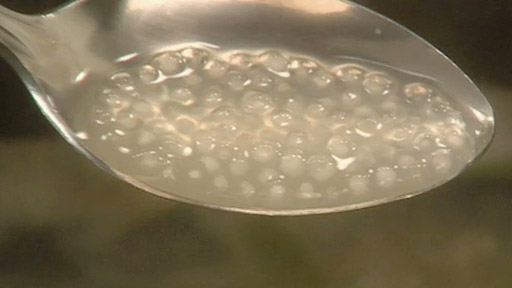Invitation to the November Dinner
Members are advised that the 729th meeting,
will be on
Thursday November 15th At
The Audi Centre 209 Gillies St
Chef; Peter Ford
At 7.00pm
Food Master: John Coco
Wine Master: Mal Anderson
Dress Business smart
Guests are most welcome
Electronic banking via account:
ANZ BSB 013 520 ACCOUNT 008699266
is recommended.
Cost $130 per person
Reply to John Coco
RSVP Monday November 12th












